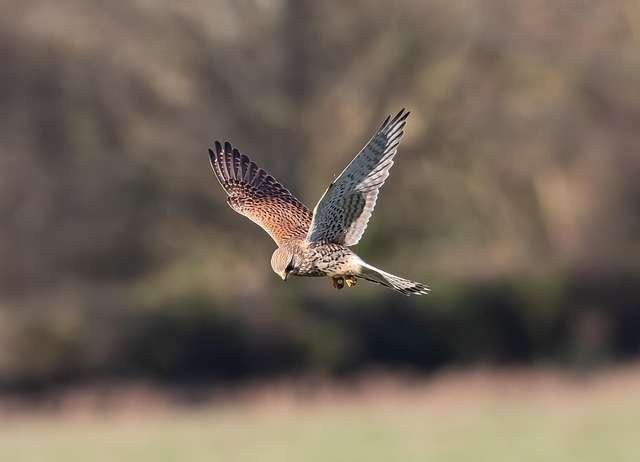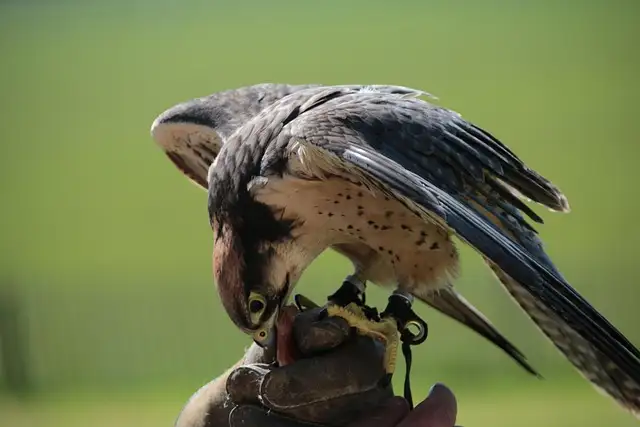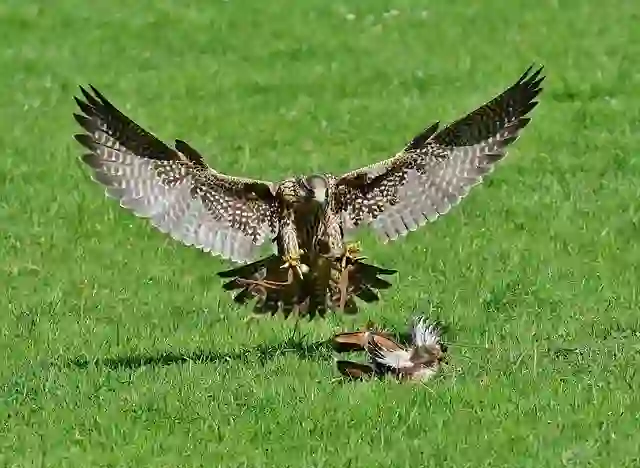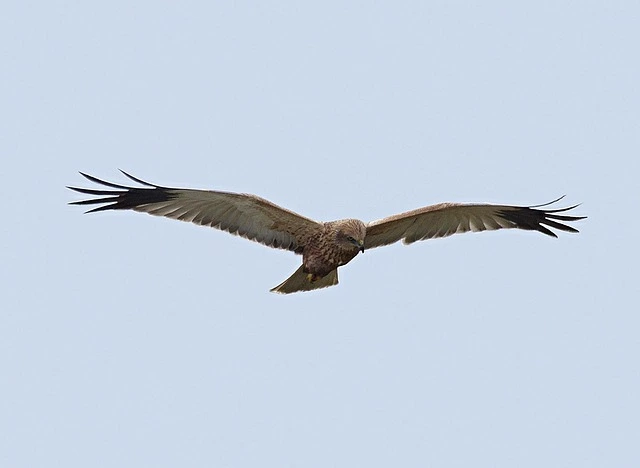The legend of the peregrine falcon:

Among all birds of prey, the peregrine falcon is a masterpiece of nature. It is the fastest bird in the world, which has impressed humans for centuries with its amazing flight, extraordinary eyesight and hunting skills. When hunting, its stopping speed is more than 320 kilometers per hour, which makes it the fastest animal on the planet. But the peregrine falcon’s fame is not only because of its speed. Its sharp claws, eyesight eight times sharper than a human’s, and its ability to adapt to any environment make it one of the most successful birds of prey in the world.
Peregrine falcon at a glance :
Scientific Name: Falco peregrinus
Common Name: Peregrine Falcon
Family: Falconidae
Body Length: 34–58 cm
Wingspan: 74–120 cm
Weight: 0.7–1.5 kg (females are larger than males)
Speed: 320+ km/h (when hunting)
Average Lifespan: 12–20 years (in the wild)
Diet: Mostly birds (pigeons, doves, ducks, shorebirds), occasional small animals
Distribution: Almost every region of the world (except Antarctica)
Conservation Status (IUCN): Least Concern (population increasing)
Physical features and adaptations:

The body structure of the peregrine falcon is completely designed for speed and hunting:
Aerodynamic Body: Long, pointed wings enable fast flight.
Powerful pectoral muscles: Provide exceptional power when diving.
Third eyelid (Nictitating Membrane): Protects the eyes during speed.
Special structure in the nose: Protects the lungs from damage by reducing air pressure.
Very sharp vision can see prey from 3 km away.
The black crown on its head, bluish-gray wings and striped design on its belly make it easy to recognize.
Peregrine falcon speed – how fast can they go?
This bird is the fastest bird in the world.
Normal flight: 80–100 km/h
Hunting dive (Stoop): More than 320 km/h (record: up to 390 km/h)
As soon as the falcon sees prey, it swoops down with its wings folded and catches the prey in the air with great precision.
Hunting style and diet:

The peregrine falcon is an expert at hunting in the air.
Main diet: Medium-sized birds (pigeons, herons, starlings, ducks)
Hunting method: Spots prey from a height, then dives at lightning speed and hits it with its talons.
Feeding style: Eats prey after scratching it, sometimes also stores food.
It is one of the best aerial predators in the world.
Peregrine falcon habitat and range:
The peregrine falcon is one of the most hunt birds of prey on Earth.
Global distribution: Found on every continent except Antarctica.
Natural habitat: Mountains, coasts, forests, deserts, cliffs.
Urban life: Builds nests on tall buildings and bridges and hunts pigeons in cities.
Reproduction and lifespan:
Breeding season: Varies by region (spring in temperate regions)
Nest: Mostly built on rocks, but also on buildings and towers.
Eggs: Usually 3–4, incubated for about 30 days.
Young: Learn to fly at 6 weeks, but parents teach them to hunt.
Average life span: 12–20 years (in the wild)
Peregrine falcons in human history and culture:

Ancient Egypt: Associated with the god “Horus”, symbol of the sky and kingship.
Europe: Used only for elite falconry in the Middle Ages.
Modern world: Symbol of power, freedom and speed.
Military and sports: Featured in the logos of various air forces
Peregrine falcon in falconry
Reasons for fame: Speed, intelligence, and ease of training.
Middle East: Has always been a prized bird in the Arab world.
Modern times: Still a favorite of falconers around the world.
Conservation – From extinction to revival:
The story of the peregrine falcon is a story of successful conservation.
Decline: In the 20th century, toxic chemicals like DDT weakened their eggshells, and the population declined rapidly.
Conservation measures:
Ban on DDT
Breeding in captivity and reintroduction
Legal protection and sanctuaries
Today, it is in the Least Concern category, but some subspecies are still endangered.
Reasons for the Peregrine Falcon’s Fame:

The fastest bird in the world
Found almost all over the world
Deeply rooted in human history and culture
An example of remarkable recovery after disaster
Successfully inhabiting both the jungle and cities
